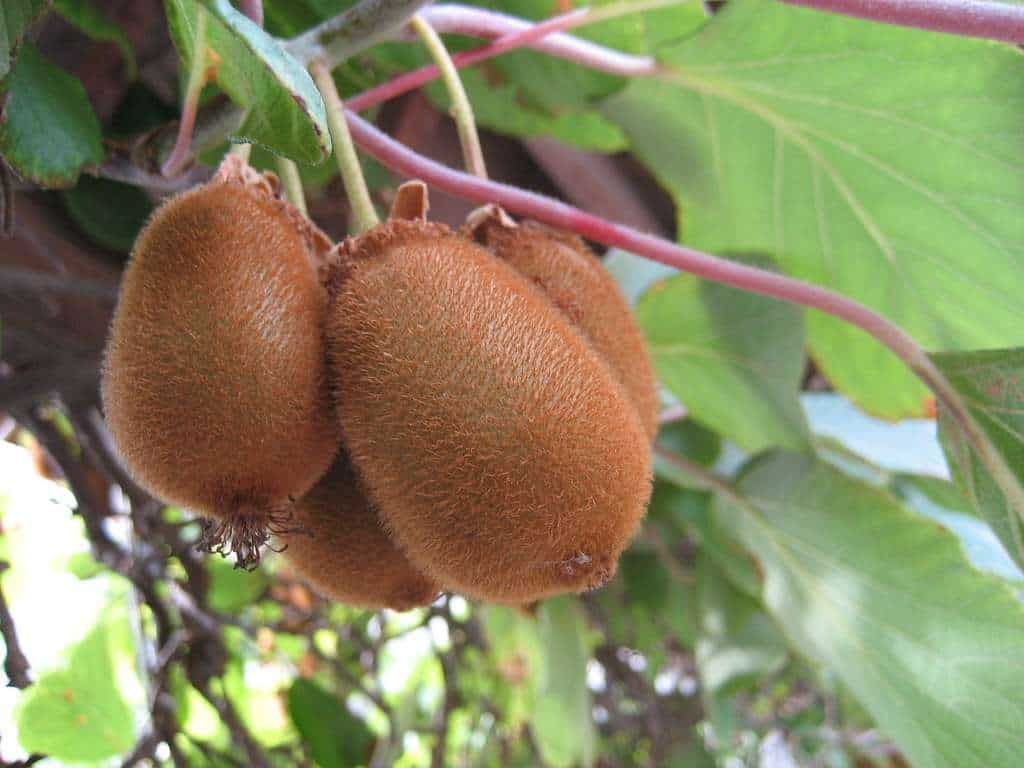Watermelon is a delicious fruit that is loved by many people. It is a refreshing and healthy snack that is perfect for hot summer days. Growing watermelons is not difficult, but it does require some knowledge and care. In this article, we will discuss how to grow, care for and harvest watermelons.
Grow, Care for and Harvest Watermelon
Growing Watermelon

Watermelons are a warm-weather crop that requires plenty of sunlight and heat to grow. They grow best in well-draining soil that is rich in organic matter. The ideal temperature for growing watermelons is between 70 and 85 degrees Fahrenheit. Watermelons are also a heavy feeder and require regular watering and fertilization.
To grow watermelons, start by preparing the soil. Dig a hole that is about 1 foot deep and 2 feet wide. Mix in compost or well-rotted manure to improve the soil’s fertility. Plant the watermelon seeds about 1 inch deep and 4 feet apart. Water the seeds well and cover them with soil.
Watermelons require plenty of water to grow, especially during hot and dry weather. Water the plants deeply once a week, or more often if the soil is dry. Watermelons also require regular fertilization. Use a balanced fertilizer every 3 to 4 weeks during the growing season.
Watermelon plants can take up a lot of space, so make sure to give them plenty of room to grow. They can grow up to 20 feet long, so consider planting them at the edge of your garden or in a spot where they will not shade other plants.
Caring for Watermelon Plants
Caring for watermelon plants involves ensuring that they have the right growing conditions, protecting them from pests and diseases, and training them to grow in a way that maximizes fruit production.
Watermelons are susceptible to a range of pests and diseases, including aphids, whiteflies, and powdery mildew. To prevent these problems, keep the plants well-watered and fertilized, and remove any infected leaves or fruits promptly.
Watermelons are also heavy feeders, so make sure to fertilize them regularly. Use a balanced fertilizer every 3 to 4 weeks during the growing season. Avoid over-fertilizing, as this can lead to excessive vegetative growth and poor fruit development.
Training watermelon plants to grow in a certain way can also improve fruit production. One common technique is to train the vines to grow up a trellis or support structure. This allows the plants to grow vertically, saving space and improving air circulation around the leaves and fruits.
Harvesting Watermelon
Knowing when to harvest watermelon is crucial to ensure that the fruits are ripe and ready to eat. Watermelons are ready to harvest when the tendrils near the fruit start to dry up and turn brown. The fruit should also have a dull and slightly rough skin and a yellowish spot where it was resting on the ground.
To harvest watermelons, use a sharp knife or pruners to cut the fruit from the vine. Leave a few inches of stem attached to the fruit to prevent damage. Store the harvested watermelons in a cool and dry place, away from direct sunlight.
Growing watermelons requires some knowledge and care, but it is a rewarding experience that can yield delicious and healthy fruits. By providing the right growing conditions, protecting the plants from pests and diseases, and training them to grow in a certain way, you can maximize fruit production and enjoy the sweet taste of watermelon all summer long.
Keywords: Watermelon, Growing Watermelon, Caring for Watermelon Plants, Harvesting Watermelon, Pests and Diseases, Fertilization, Training Watermelon Plants, harvest watermelon, how to harvest watermelon, steps to harvest watermelon
Check out our Novel Writing Workbooks
Check out Little Tree Food Forest for articles on food forests and homesteading.
Check out FoodieScapes for articles on growing, fermenting and preserving food
Check out StoryScapes.World for articles on writing.
Subscribe to our newsletter to get information delivered to your inbox on edible landscaping, growing food and medicinal plants, growing mushrooms, foraging, fermentation, food preservation, raising small livestock, and more.










